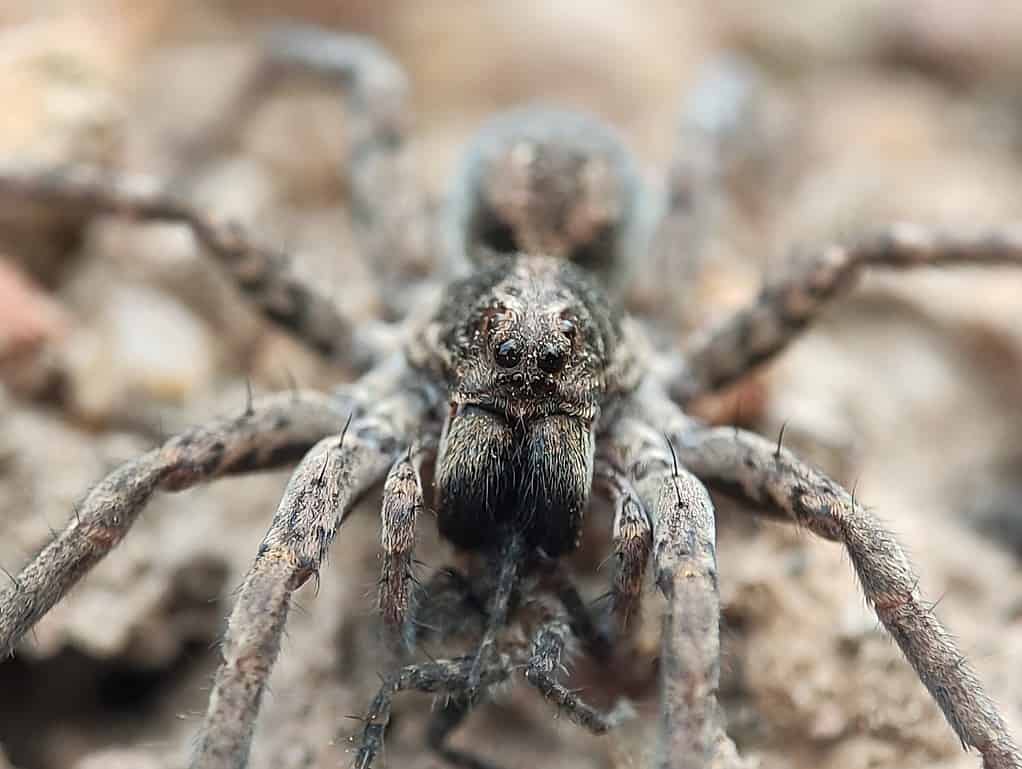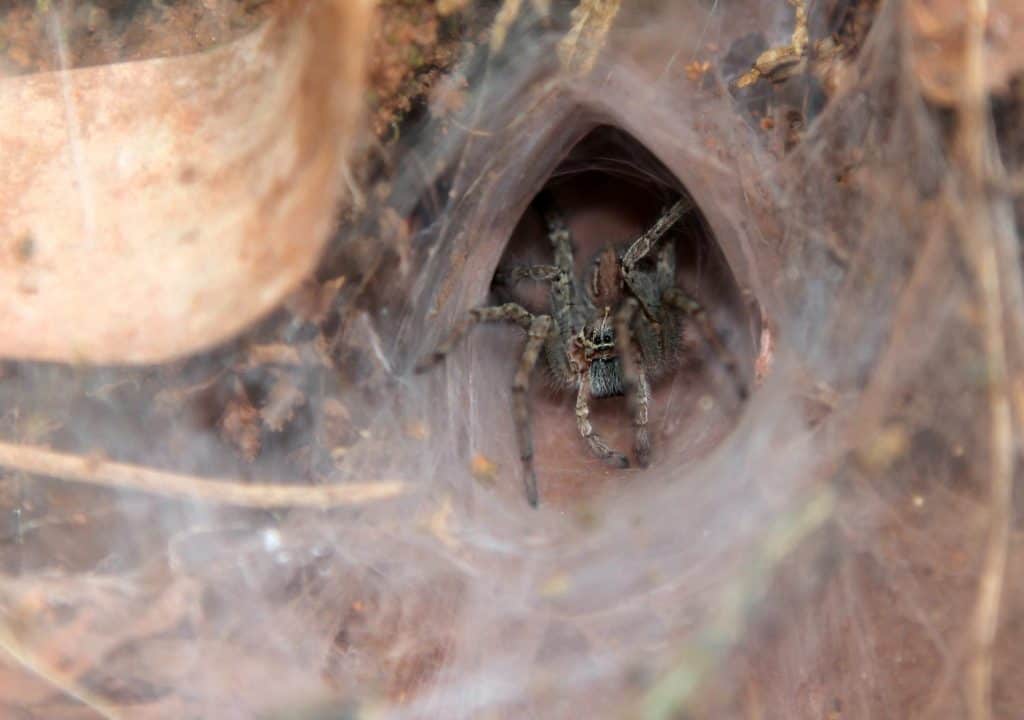
The post Tarantula Habitats Explained, From Tree Tops to Tunnels appeared first on A-Z Animals.
Tarantulas are an iconic group of spiders with hundreds of known species and new ones being discovered all the time. In this article, we delve into where these fascinating arachnids live, the type of habitats that they enjoy, and what they need to survive. Join us for a tarantula tour of the world!
Where Do Tarantulas Live?

Tarantulas are named after a city in Italy.
©Stockalan/Shutterstock.com
Tarantulas are found on all continents of the Earth except for Antarctica. That said, the most diversity is found in the Americas, Africa, and Asia. There are only a few species found in Europe, and these are in the warmer areas in the south of the Mediterranean region. Interestingly, the species from which these spiders get their name is Lycosa tarantula. It is found in southern Europe, especially in the Apulia region of Italy and near the city of Taranto. With the exception of Florida, tarantulas are not thought to occur in the United States north of the Red River or east of the Mississippi River.
Based on their geographical location, tarantulas can be divided into Old World or New World spiders. The tarantulas located in Africa, Asia, Australia, and parts of Europe are Old World tarantulas. Some common genus names here are Ceratogyrus and Heteroscodra.
Those located in North, Central, and South America, as well as on the Caribbean Islands, are New World tarantulas. Common New World tarantula genera are Acanthoscurria and Phormictopus.
While there are exceptions to these general patterns, most Old World tarantulas are more aggressive and move faster. They have a stronger bite with more potent venom and are more likely to use it! The New World tarantulas will bite but tend to rely on urticating hairs for self-defense, and some even shoot feces when they feel threatened! They also tend to be stockier in build and move more slowly.
What Habitats Do Tarantulas Live In?
Tarantulas live in most terrestrial habitats in mainly warm areas. However, they will not live in wetlands, high altitude mountains, or dune-type deserts. A large proportion exists in tropical rainforest environments. Within their habitats, they need a source of food (they are generalist predators), water, and somewhere to shelter when needed. They mostly live a solitary existence, but some species have been found sharing tree hollows. Their habitats vary considerably, but they can be grouped according to the type of location where they live. These are arboreal (tree-dwelling), fossorial (burrowing), and terrestrial.
Arboreal Tarantulas

Arboreal tarantulas can climb tree trunks.
©Blake Frye/Shutterstock.com
Tarantulas that live in trees are called arboreal. They have a different appearance from their ground-living cousins because their bodies are adapted for life in the trees. They have widened pads (scopulae) made up of thousands of tiny hairs to suit a climbing lifestyle and help them move around vertical surfaces in trees.
Many arboreal tarantulas are known for their ability to make elaborate web structures among the branches. A lovely example, the Caribena versicolor, is endemic to the Caribbean island of Martinique, part of the Lesser Antilles island chain. They play a vital role in regulating populations of tree-dwelling insects.
Fossorial Tarantulas

Some tarantulas line their burrows with silk.
©Katoosha/Shutterstock.com
Fossorial comes from the Latin word ‘fossor’, which means digger. These tarantulas live primarily, but not solely, underground. Some burrows are self-constructed, but others are adapted from abandoned mammal or reptile burrows. A typical example is the Ceratogyrus tarantulas of southern Africa. Many of them are obligate burrowers, which means that they spend most of their time hidden in deep burrows and only emerge to feed at night. Other tarantulas are opportunistic burrowers, which means that they will burrow but do not have to.
Tarantula burrows can be a simple tube sunk into the earth at an angle, terminating with a living chamber. However, others are more complex with multiple chambers and entrances! In sandy soils, especially, the burrows will be lined with silk webbing to stop sand and dirt from trickling in.
Why Do Tarantulas Burrow?
One of the primary reasons why tarantulas burrow is for protection from predators. Within their burrows, they can hide away from the birds and lizards that prey on them. Tarantulas are ectothermic, so they rely on external sources of heat. A burrow helps them to stay cool in hot weather and warm in cooler weather. They may need to emerge to bask in the sun on occasions. Burrows also help them to retain moisture, especially if they are constructed near water sources and damp areas.
During their molting stage, tarantulas are very vulnerable, and a burrow is a great place to hide out without getting disturbed. Some tarantulas even enter a state of hibernation in their burrows when the weather turns colder. Others use their burrows in combination with pheromones to mark their territory. Finally, some tarantulas are ambush predators, and a burrow is the ideal place to lurk before leaping out at unsuspecting prey. Some even create a trapdoor that they use to conceal themselves!
Terrestrial Tarantulas
Some tarantulas are referred to as ‘vagabond’ species because they wander around during the night but take refuge during the day. This may be in whatever shelter they can find, such as a cave, a hole in a tree root, or under stones. When night hunting, they look for insects, other spiders, or small frogs, lizards, and snakes. They ambush the prey and bite them with their fangs, which release venom. In the wild, female tarantulas typically live for between five and seven years but can live for much longer.
The post Tarantula Habitats Explained, From Tree Tops to Tunnels appeared first on A-Z Animals.
October 13, 2025 at 06:32PMSharon Parry
.jpeg)
.jpeg)

0 Comments